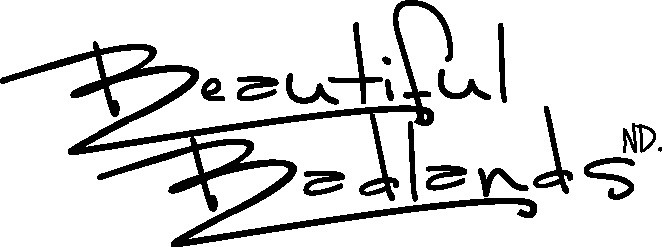Small Sightings and the Sounds of Solace
by Fred MacVaugh
Despite this winter malaise, I feel cheered. And it’s not our longer days or the warmer weather we had of late in northwest North Dakota.
It’s not the browned grass poking now through ice-glazed snow outside the house. Colder temperatures fill the forecasts. More snow’s sure to entomb these prairies.
Plainspoken emotion such as mine is not something North Dakota’s favorite Roosevelt is remembered for. Not at all. Even so, I know he felt this affection I feel. Walking through the prairie near home and work in recent days, I’ve seen small and energetic birds flitting about or bouncing from bare spot to bare spot where, like glaciers, the snow’s receded to reveal dried grass, frozen soil, gravel.
This joy might seem strange. They’re birds, after all. Spring weather is still weeks away. So why this cheer? Is it because, like Theodore, I grew up observing birds? My mother and grandparents sprinkled millet and cracked corn, sunflower seeds and suet in the backyard outside our house in suburban Philadelphia. Even as a bespectacled teen, I’d watch the blackbirds and blue jays, northern cardinals, and various sparrows and pigeons gather on the ground and adjacent tree stump. Cut off hip high, it was large and round. Had it been a table, it could have sat three with room to spare.
Today, the birds I see are too far away to identify. They hop and flit quickly. Could they be dark-eyed juncos? Perhaps they’re American tree sparrows? Against the background of brown and gray gravel, I lose them momentarily. At dawn or dusk especially, my eyes need time to adjust. Even silent, their presence is reassuring.
His hearing acute, Roosevelt relied on their songs to identify birds. In North Dakota in the 1880s, he cherished those sounds he heard from his Elkhorn Ranch veranda.

Image credit: NPS/Laura Thomas
Although the Elkhorn Ranch house no longer stands at the location, this view from the Little Missouri River towards where the house once stood depicts a skyline of rugged buttes. A covering of snow in the winter only accentuates the Badlands formations. Continue on into the fenced off area and you will be standing where a president once sat on his porch enjoying the summer evening on his ranch.
Part 2 –Theodore Roosevelt and Badlands Birds — can we assume birds were part of TR’s encouragement from the Badlands?
Here is Part 2 of Ranger Fred’s essay

Ranger Fred McVaugh
The views he expresses here are his own and do not reflect those of his employer, the National Park Service and the Department of the Interior.



